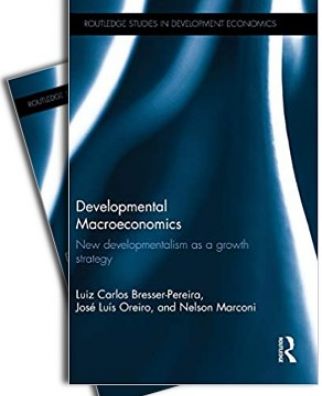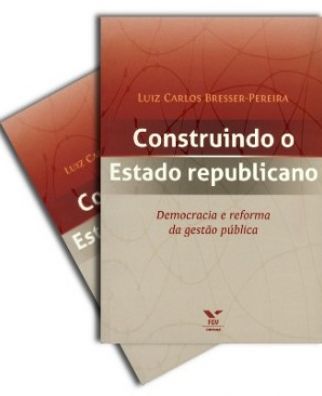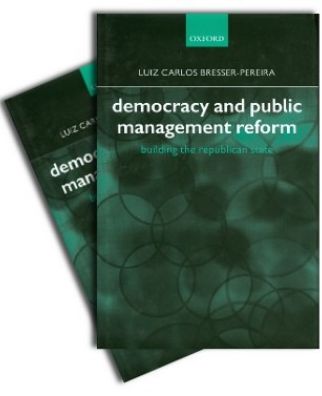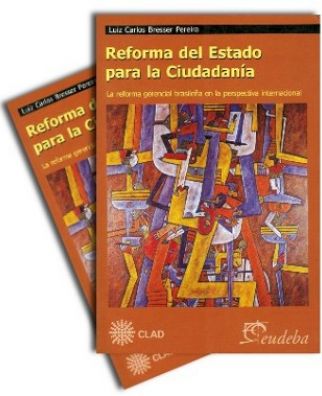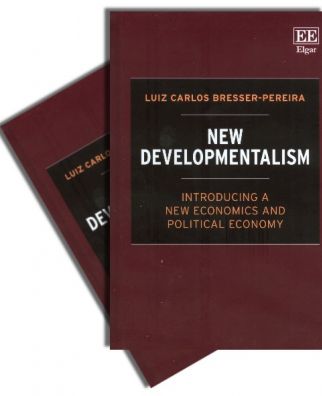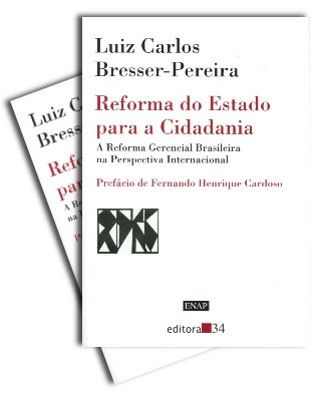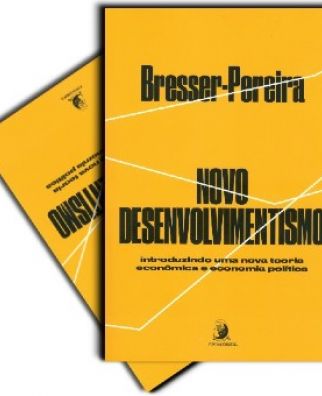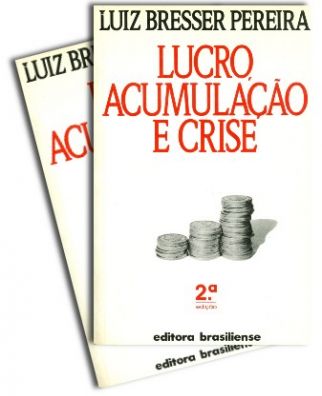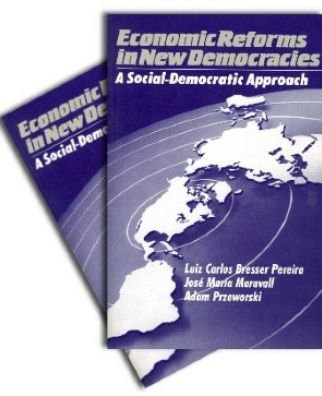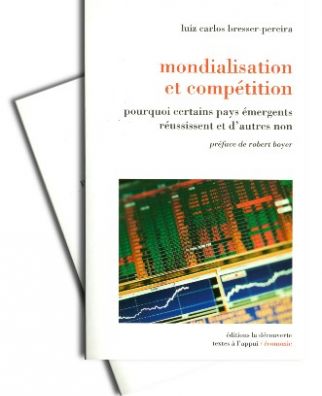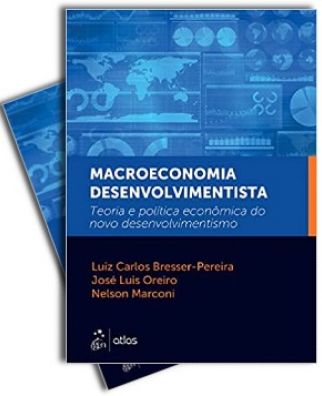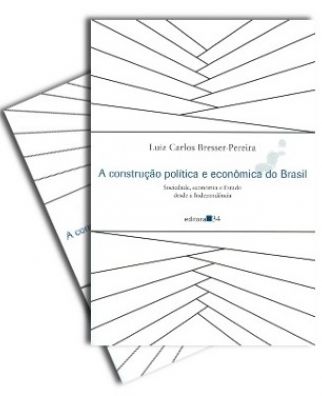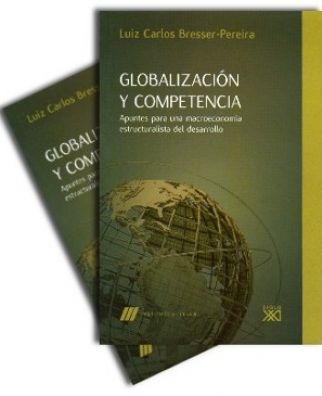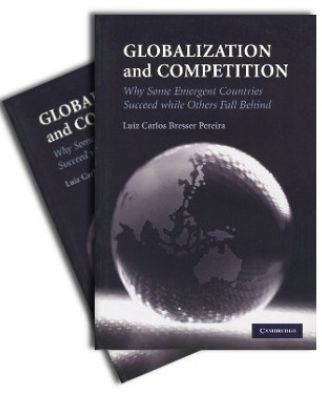1996. The transition from bureaucratic to public administration in Brazil. It is the first paper where the author presents the state reform model. This model first appeared in his Plano Diretor da Reforma do Aparelho do Estado, September 1995. English and Portuguese versions available. (Paper in CLAD: Documentos-Debate)
OTHER LANGUAGES
TRABAJOS EN ESPAÑOL
1995. The first paper on the 1995-98 Public Management Reform. The crisis of the state requiring to rebuild state capacity. A critique of the bureaucratic model. A first glimpse on the model that would be drawn in the Plano Diretor... and in Da Administração Burocrática...Portuguese version available.(Paper: Reforma y Democracia)
1991. An early critique of the Washington consensus. A systematic analysis of the Latin American crisis as a foreign debt and a fiscal crisis of the state crisis. Portuguese, English, and French versions available. (Paper: Pensamiento Iberamericano)
1985 {1986}. The Entrepreneurial or Producer State was essential to Latin Americas primitive accumulation and industrialization. Now, in the new stage that the more advanced Latin American countries are entering, it is time for the the Regulatory and the Social State. Yet, this transition is taking place together with the transition to democracy, a major debt crisis, and a neo-liberal ideological ofensive. Portuguese version available. (Paper: in book edited by Atilio Boron)*
1974. The "new development model" begins in Brazil in the late 1960s, and later I called "modelo de subdesenvolvimento industrializado". Contrarily to what Celso Furtado predicted, income concetration benefiting the middle classes was behind the resumption of growth as it made aggregate demand consistent with the production of luxury consumption goods by multinationals. Portuguese and English versions available. This paper elaborates on the 1970 article, "Dividir ou multiplicar: A distribuição da renda e a recuperação da economia brasileira".(Paper: Revista Dados)
(Paper: Desarrollo Economico)

